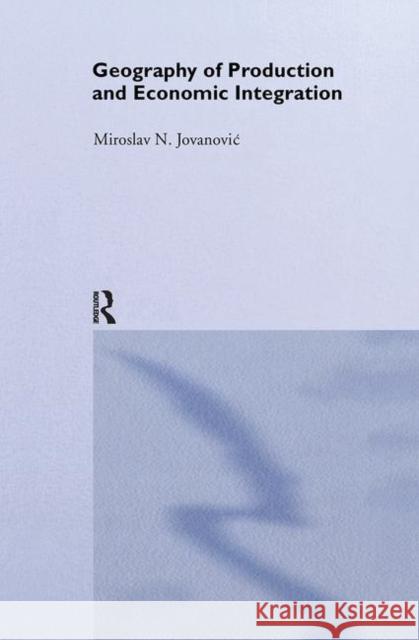Geography of Production and Economic Integration » książka
Geography of Production and Economic Integration
ISBN-13: 9780415238168 / Angielski / Twarda / 2001 / 352 str.
The question of where economic activity will locate in the future is an important issue in present day economics. In all societies each market-orientated firm must make decisions of what to produce, for whom, how and where, in conjunction with the varying levels of economic integration such as discriminatory trade deals, and the growing importance of regionalization of the world economy. The traditional neo-classical model of international trade was updated in the 1980s with new trade theory and subsequently by the geography of production in the 1990s. This has deepened our understanding of the basis for and effect of specific locations of industries on trade and vice versa. At the heart of this development are market imperfections such as transport costs, imperfect competition, economies of scale, production differentiation and sunk costs. Nonetheless, the new spatial economics is in its pioneering phase and it is still a formidable task to formulize a mix of numerous market imperfections that shape the geography of production.











